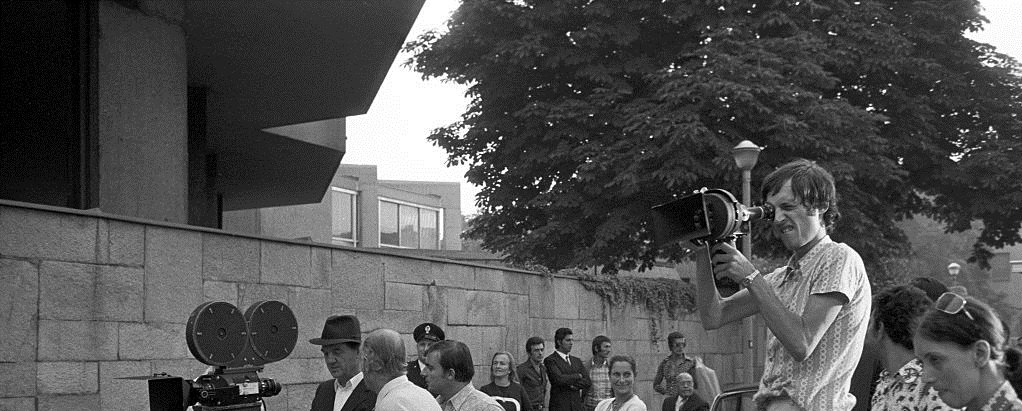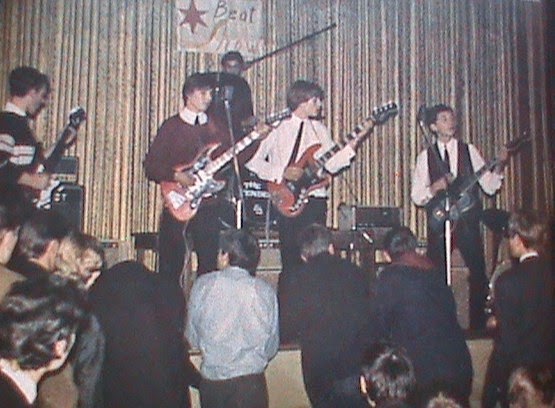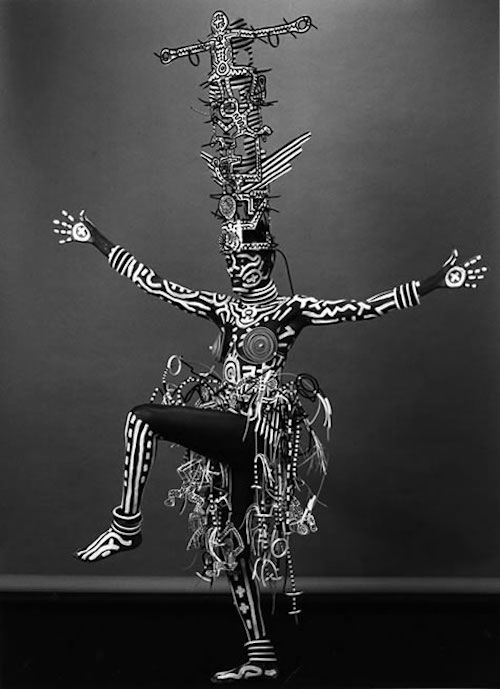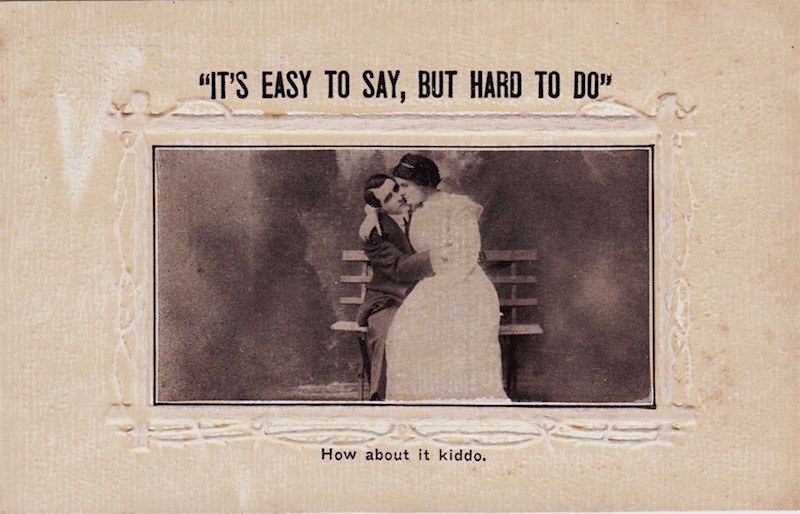
The Cat O’ Nine Tails (1971) is the second motion picture directed by the maestro of the Italian giallo film, Dario Argento. Cat originally had an ending that was cut before it made it to the big screen, and though the footage is now lost, Dangerous Minds has the script pages, which haven’t been seen publicly before.
Argento’s debut, The Bird with the Crystal Plumage (1970), was such a big hit in the U.S. and elsewhere (though not in Italy), that there was demand for a follow-up, posthaste. The Cat O’ Nine Tails was the result, and in addition to being film #2 for Argento, it’s the second in his “animal trilogy” (Four Flies on Grey Velvet
was the third). As was the case with Bird, Cat demonstrates the influence Alfred Hitchcock had on Argento early in his career.

The director sizing things up on the set of ‘The Cat O’ Nine Tails.’
The story was adapted from the director’s original screenplay, with a title borrowed from an existing novel. Karl Malden, an American character actor familiar to stateside audiences, was a cast as a blind man who has insight into a recent death. He teams up with a reporter to investigate, and then the bodies start to mount.

The film’s thrilling climax takes place on a rooftop (shades of Vertigo here). The original cut of Cat concluded with an epilogue, which was subsequently deemed “too American.” So, Argento went back to the editing room, trimmed up the rooftop scene and got rid of the coda altogether. Here, transcribed into English for the very first time, are the script pages for the original ending (click to enlarge):
_page_1.jpg)
_page_2.jpg)
_page_3.jpg)
The only surviving image from the epilogue is this German lobby card:

The script pages and the lobby card are part of the extras included with Arrow Video’s pending Blu-ray/DVD combo of The Cat O’ Nine Tails. This limited edition set will be released on February 20th. You can pre-order it on Amazon or by way of MVD.
Much more after the jump…

































